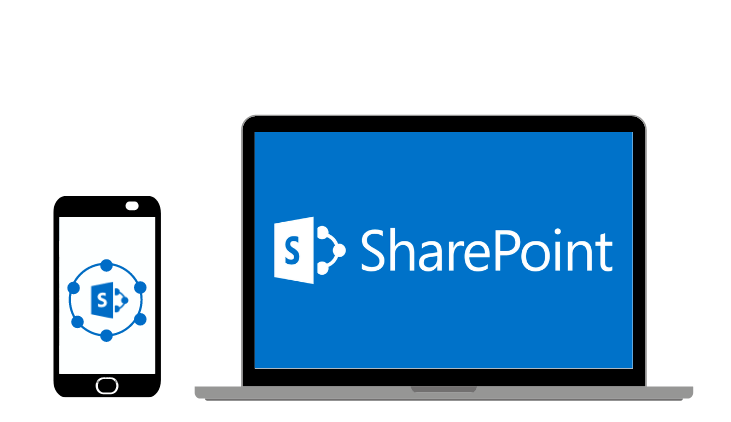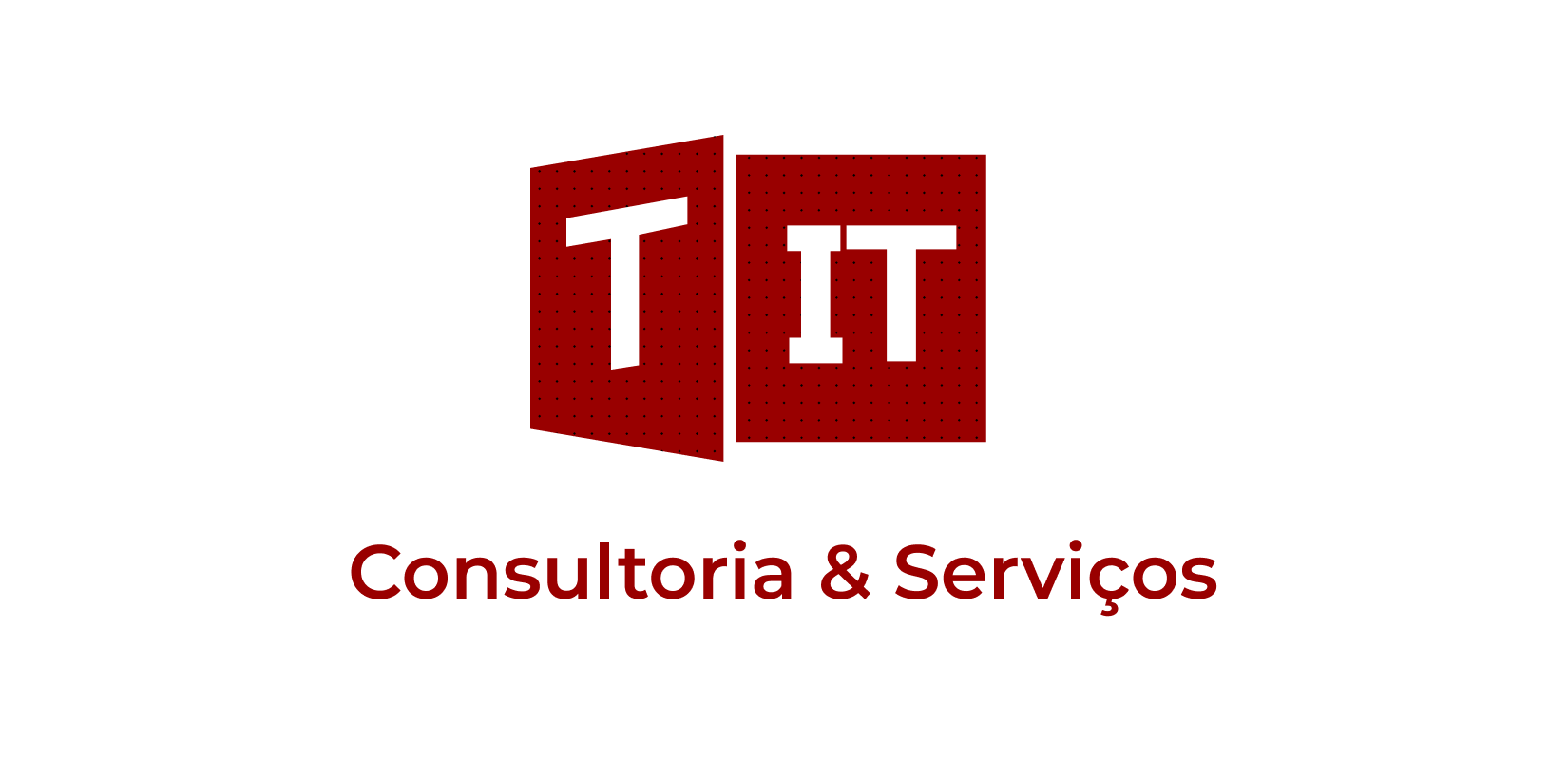Microsoft SharePoint is a robust platform designed by Microsoft to foster collaboration, streamline document management, and enhance information sharing across organizations. Since its inception in 2001, SharePoint has evolved into a comprehensive solution that integrates seamlessly with Microsoft Office and provides a wide range of apps to help businesses manage their operations more efficiently.
What is Microsoft SharePoint?
At its core, SharePoint is a web-based collaboration and document management platform. It is part of the Microsoft Office suite and provides users with a rich set of tools to collaborate on documents, manage projects, and share information within an organization. SharePoint can be configured to run on local servers or hosted as part of Microsoft 365, the cloud-based service formerly known as Office 365, offering flexibility depending on an organization’s needs.
The Purpose of SharePoint
The primary purpose of SharePoint is to enhance collaboration within organizations. It allows employees to work together in an efficient, effective, and coordinated way, regardless of their physical location. SharePoint serves various functions including, but not limited to:
- Document Management and Storage: SharePoint provides a central place for storing and managing documents. It supports version control, which allows multiple versions of a document to be created and tracked. This is particularly useful in environments where documents need to be reviewed and approved by multiple stakeholders, as it ensures that everyone has access to the latest version.
- Collaboration: At its heart, SharePoint is a collaboration tool. It allows multiple users to work on the same document simultaneously. This real-time collaboration helps in speeding up project timelines and improving communication between team members.
- Intranet and Social Networking: SharePoint can be used to create an intranet, a private network accessible only by an organization’s members. Intranets serve as a central hub for employees to find information, access services, and connect with colleagues. SharePoint’s social networking features, like blogs and community sites, encourage participation and feedback, fostering a collaborative workplace culture.
- Workflow Automation: SharePoint allows organizations to automate their business processes. This can include simple workflows, such as notifications and approvals, or more complex sequences of tasks that integrate with external databases and applications. Automating workflows reduces the likelihood of errors and frees up employees to focus on more strategic tasks.
- Customization and Integration: SharePoint is highly customizable, allowing businesses to tailor the platform to their specific needs. It integrates well with other Microsoft products, such as Microsoft Teams and Office apps, which means it can act as a central platform where various tools converge. Moreover, SharePoint’s ability to integrate with custom apps and external systems makes it a versatile tool that can adapt to any business environment.

Benefits of Using SharePoint
Improved Productivity: By centralizing access to information and resources, SharePoint saves employees time and effort, which they would otherwise spend searching for data across disparate systems. Its collaboration features also minimize the delays that typically occur when team members work in silos.
Enhanced Information Security: With SharePoint, administrators can set detailed permission levels on documents and other resources. Access can be controlled based on roles, ensuring that sensitive information is only accessible to authorized personnel.
Scalability: SharePoint scales well from small teams to large enterprises. As a company grows, SharePoint’s capabilities can be extended to accommodate new processes, more employees, and increased data storage needs.
Cost Efficiency: For businesses already using Microsoft products, adding SharePoint can be cost-effective as it integrates with the existing infrastructure and can reduce the need for additional software purchases.
Custom Solutions: The platform’s customization capabilities allow businesses to create tailored solutions that align with their specific operational workflows and practices, providing a user experience that meets their unique business requirements.
In conclusion, Microsoft SharePoint is a powerful tool for any organization looking to improve collaboration, manage documents more effectively, and automate business processes. Its integration capabilities make it an essential part of the digital workplace, empowering teams to perform at their best by providing the tools they need to communicate and collaborate more efficiently. Whether used as a document management system, an intranet site, or a comprehensive collaboration tool, SharePoint helps businesses leverage their information to gain a competitive edge.















 Follow @cardiolog
Follow @cardiolog 